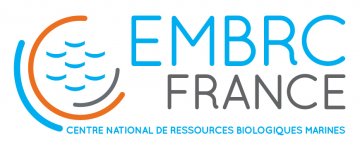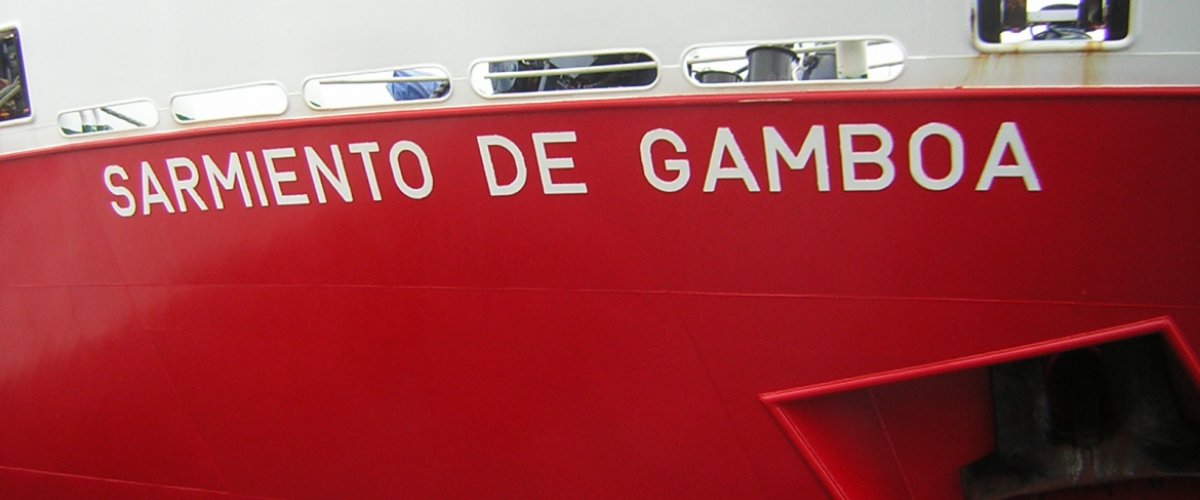Chemical tracers of ocean circulation
Chemical tracers of ocean circulation
Nutrients & CFC
Chemical tracers have become a key tool for oceanographers over the last few years, to study ocean circulation. Our team implements usual physical tracers as well as two types of chemical tracers:
- natural tracers, or nutrients (silicates, nitrates, phosphates), which can show constant relative concentrations in the deep ocean. These markers help identify water masses that could not be distinguished only by means of their physical parameters.
-transient tracers (CFCs, CCl4), which are anthropogenic compounds whose concentrations have widely fluctuated over the last decades. They allow to track water masses in the deep ocean and to assess flow patterns and timescales for transport. Crucial information can be derived from chemical tracers that cannot be obtained from physics alone due to the slowness of deep ocean circulation. Anthropogenic or transient tracers, such as chlorofluorocarbons, are best suited for analyzing model circulation in Northern Atlantic in response to global climate change, over decadal timescales, such as thermocline ventilation, the renewal of Antarctic Intermediate Water, the ventilation pathways of North Atlantic Deep Water and Antarctic Bottom Water, and the Gulf Stream impact on Northern Europe climate.
Research Program:
OVIDE (contributes to international CLIVAR and IOCCP programs).








